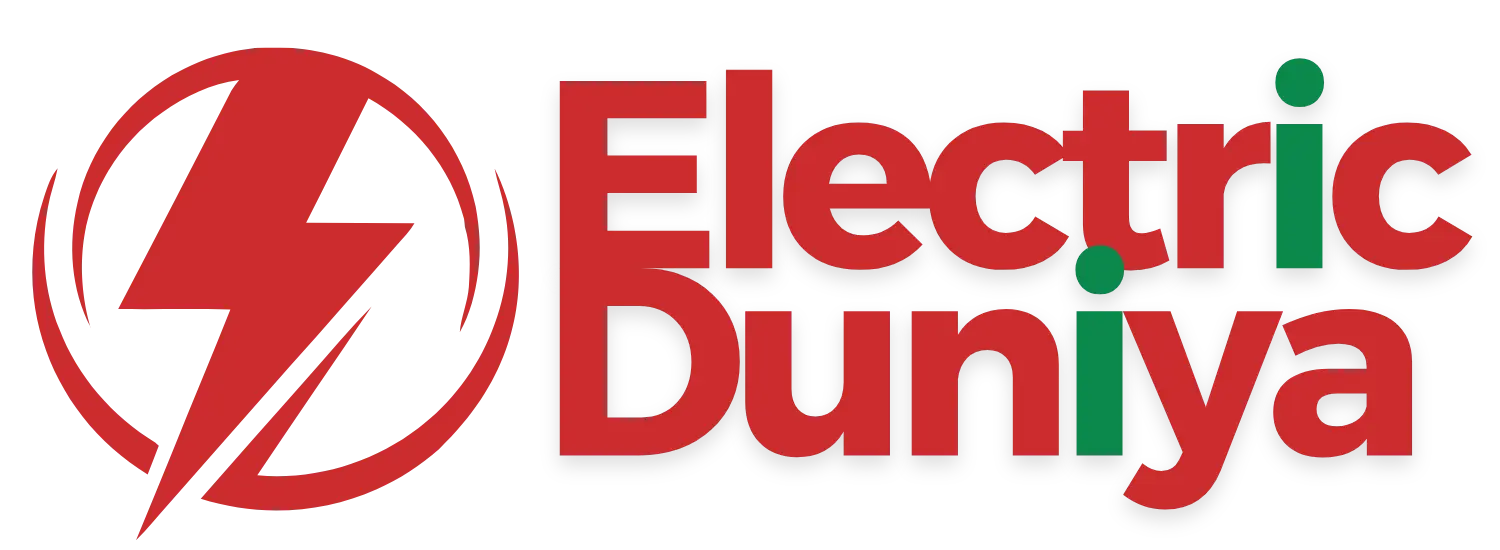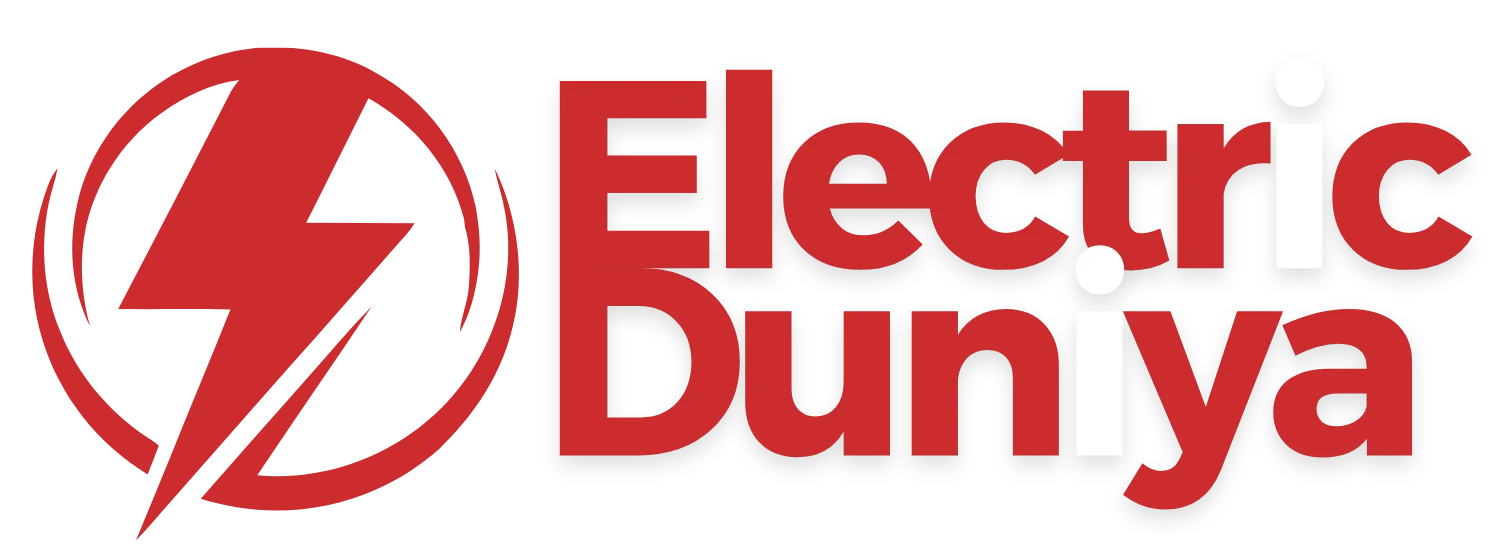Direct Current Fast Charging
Direct Current Fast Charging (DCFC) refers to a high-powered electric vehicle charging method that delivers direct current (DC) electricity directly to the vehicle’s battery, enabling rapid replenishment of charge—typically within 30 to 60 minutes.
Overview
Direct Current Fast Charging, commonly known as DCFC or Level 3 charging, is a transformative technology in the electric vehicle (EV) ecosystem designed to minimize charging downtime. Unlike Level 1 and Level 2 chargers, which rely on alternating current (AC) and typically take hours to charge an EV, DC fast chargers bypass the vehicle’s onboard charger and supply electricity directly to the battery in the form of high-voltage direct current.
This method drastically reduces the time required for EVs to regain significant driving range—making long-distance travel more practical and reducing range anxiety for drivers.
DCFC is essential for commercial EV fleets, urban infrastructure, and highway corridor charging stations, where speed and turnaround time are critical. Its development aligns with the broader push toward electrification, grid efficiency, and user convenience.
How Does It Work?
DCFC technology operates by converting AC power from the grid into DC within the charging station itself. This conversion process eliminates reliance on the EV’s onboard charger, which is usually limited in its capacity to handle high power loads.
Once the DC electricity is generated, it is delivered through a high-power connector—such as CCS (Combined Charging System), CHAdeMO, or Tesla Supercharger—directly to the EV battery’s management system. This system regulates voltage and current to ensure safe and efficient charging. Power outputs can range from 50 kW to over 350 kW, depending on the station and vehicle compatibility.
To maintain thermal safety during high-speed charging, most modern DCFC sessions are actively managed by thermal control systems, dynamic current modulation, and communication protocols that adjust parameters in real time. The goal is to maximize charge rate without compromising battery health.
Features of Direct Current Fast Charging
1. High Power Delivery
DCFC stations typically deliver between 50 kW and 350 kW of power. This high output reduces charge times to under an hour for most EVs, supporting ultra-fast turnarounds, especially in commercial and transit-oriented use cases.
2. Real-Time Communication Protocols
Advanced chargers use protocols like ISO 15118 and OCPP (Open Charge Point Protocol) to communicate with the vehicle’s battery management system. This enables precise control of voltage and current, as well as features like Plug & Charge authentication.
3. Battery Protection and Thermal Management
DCFC stations integrate intelligent control systems to monitor temperature, charge levels, and battery chemistry. By regulating charging intensity, they extend battery life while maintaining optimal efficiency.
4. Universal Connector Options
Most DCFC units support multiple connector types—including CCS, CHAdeMO, and Tesla-specific plugs—ensuring compatibility across a wide spectrum of EV models.
5. Grid Integration Capabilities
Some next-gen DCFC systems are equipped with bidirectional charging (V2G) or dynamic load balancing to synchronize with grid demand, helping prevent overload and encouraging smart energy use.
Applications in EV
Direct Current Fast Charging is indispensable in scaling EV infrastructure to meet modern transportation demands. Here’s how it’s being utilized:
Urban Fast Charging Hubs
Major cities are deploying DCFC stations in shopping centers, commercial lots, and public garages to serve private EVs and ride-share fleets that require quick top-ups between shifts.
Highway and Long-Distance Travel Corridors
DCFC enables EVs to travel intercity or cross-country by offering rapid charging at designated intervals. Networks like Electrify America, IONITY, and Tesla Superchargers are strategically positioned to support this use.
Fleet and Transit Electrification
Commercial fleets (e.g., delivery vans, municipal buses) rely on DCFC to minimize downtime. Transit agencies also deploy DCFC to keep electric buses operational throughout their service schedules.
Emergency and Backup Charging
Mobile DC fast chargers and off-grid DCFC units powered by solar or battery backups are used for remote applications, disaster relief, or rural access where traditional grid infrastructure is limited.
Conclusion
Direct Current Fast Charging is a pivotal innovation propelling the adoption and usability of electric vehicles. By slashing charge times and enabling high-throughput usage, DCFC addresses one of the most critical friction points in EV ownership—charging speed. As the industry matures, the role of DCFC will only expand, reinforcing its value in building a scalable, user-friendly, and high-performance electric mobility ecosystem. For stakeholders ranging from individual drivers to fleet operators and city planners, understanding and implementing DCFC infrastructure is essential to shaping the future of clean transportation.

